Um Ihnen ein optimales Erlebnis zu bieten, verwenden wir Technologien wie Cookies, um Geräteinformationen zu speichern und/oder darauf zuzugreifen. Wenn Sie diesen Technologien zustimmen, können wir Daten wie das Surfverhalten oder eindeutige IDs auf dieser Website verarbeiten. Wenn Sie Ihre Einwillligung nicht erteilen oder zurückziehen, können bestimmte Merkmale und Funktionen beeinträchtigt werden.
Die technische Speicherung oder der Zugang ist unbedingt erforderlich für den rechtmäßigen Zweck, die Nutzung eines bestimmten Dienstes zu ermöglichen, der vom Teilnehmer oder Nutzer ausdrücklich gewünscht wird, oder für den alleinigen Zweck, die Übertragung einer Nachricht über ein elektronisches Kommunikationsnetz durchzuführen.
Die technische Speicherung oder der Zugriff ist für den rechtmäßigen Zweck der Speicherung von Präferenzen erforderlich, die nicht vom Abonnenten oder Benutzer angefordert wurden.
Die technische Speicherung oder der Zugriff, der ausschließlich zu statistischen Zwecken erfolgt.
Die technische Speicherung oder der Zugriff, der ausschließlich zu anonymen statistischen Zwecken verwendet wird. Ohne eine Vorladung, die freiwillige Zustimmung deines Internetdienstanbieters oder zusätzliche Aufzeichnungen von Dritten können die zu diesem Zweck gespeicherten oder abgerufenen Informationen allein in der Regel nicht dazu verwendet werden, dich zu identifizieren.
Die technische Speicherung oder der Zugriff ist erforderlich, um Nutzerprofile zu erstellen, um Werbung zu versenden oder um den Nutzer auf einer Website oder über mehrere Websites hinweg zu ähnlichen Marketingzwecken zu verfolgen.

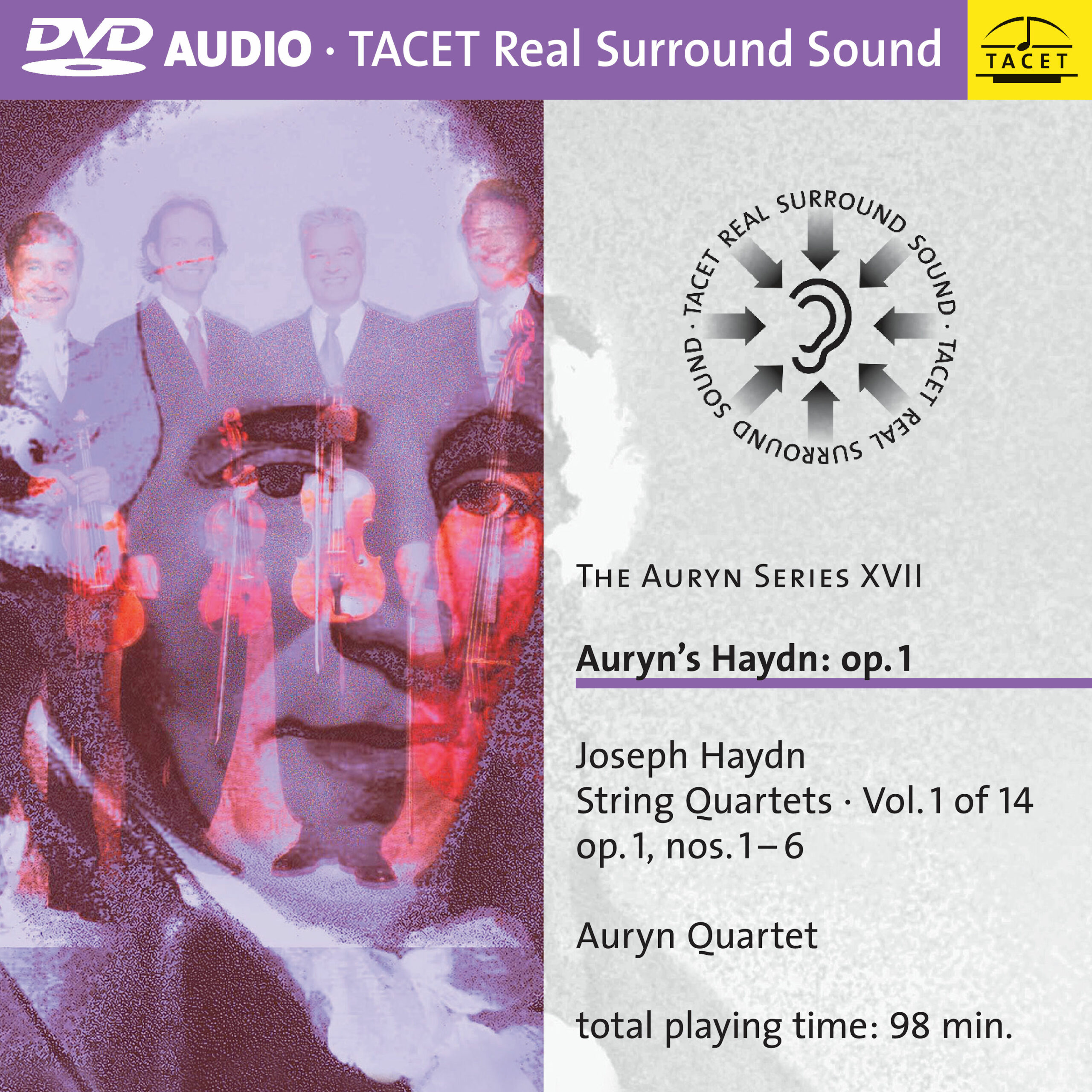
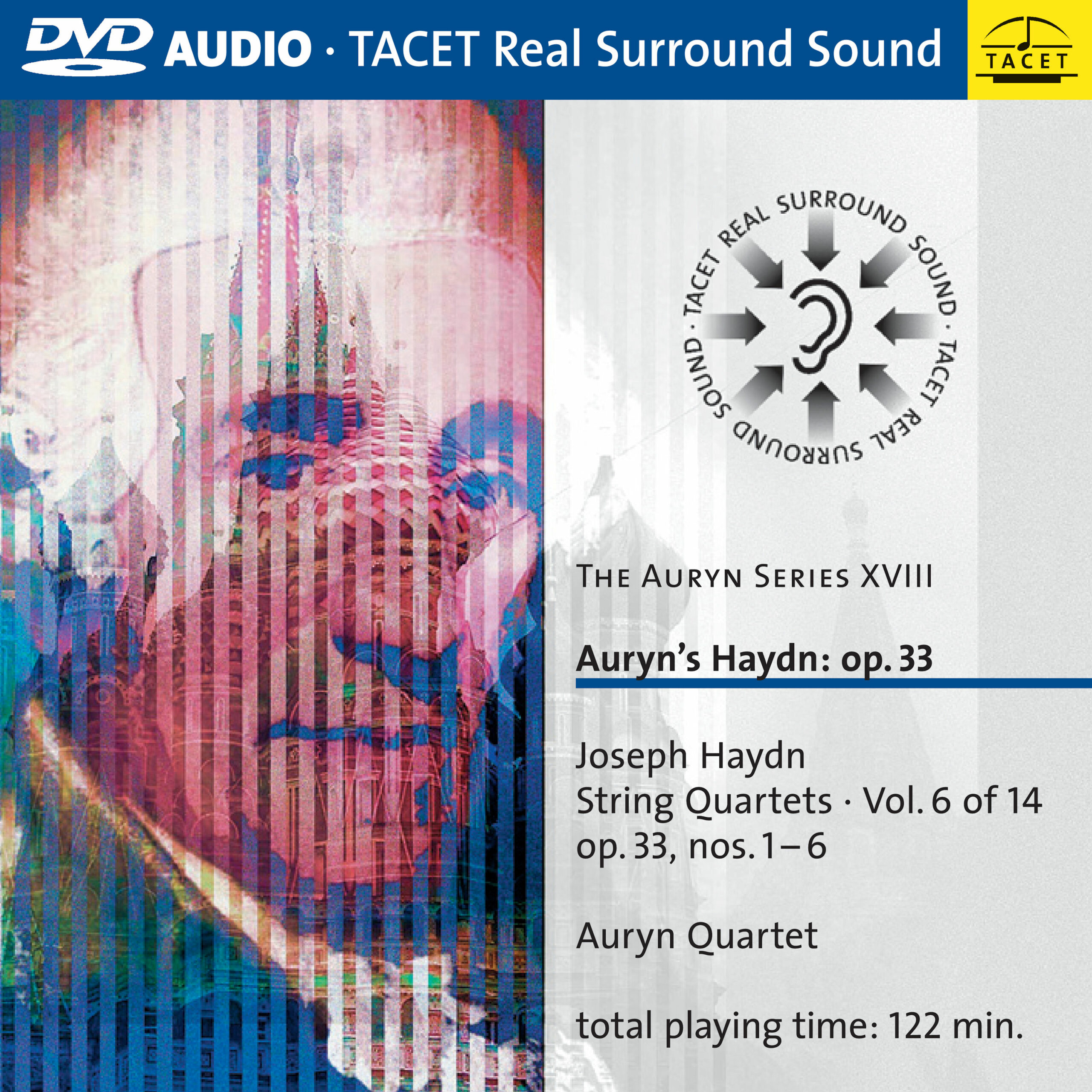
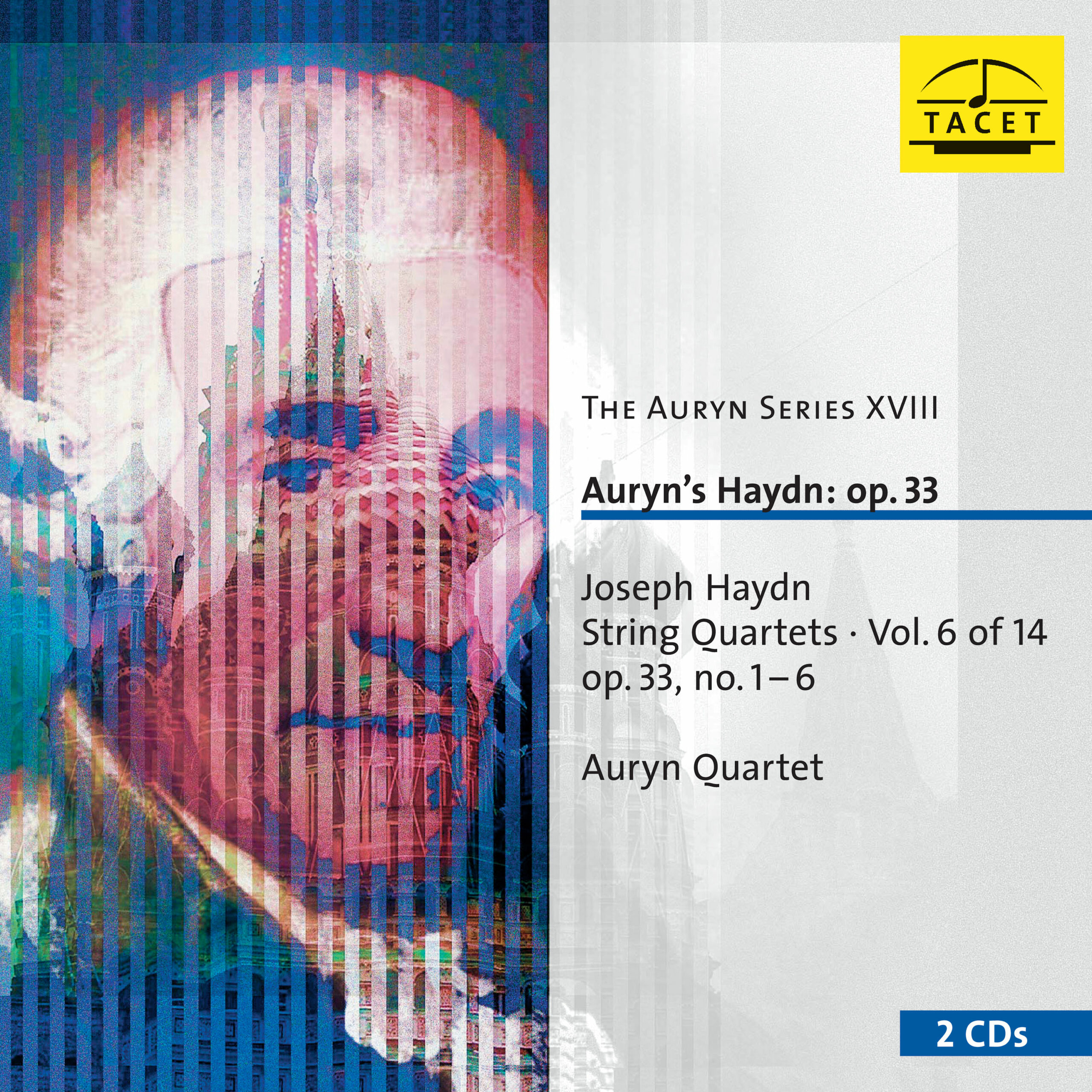
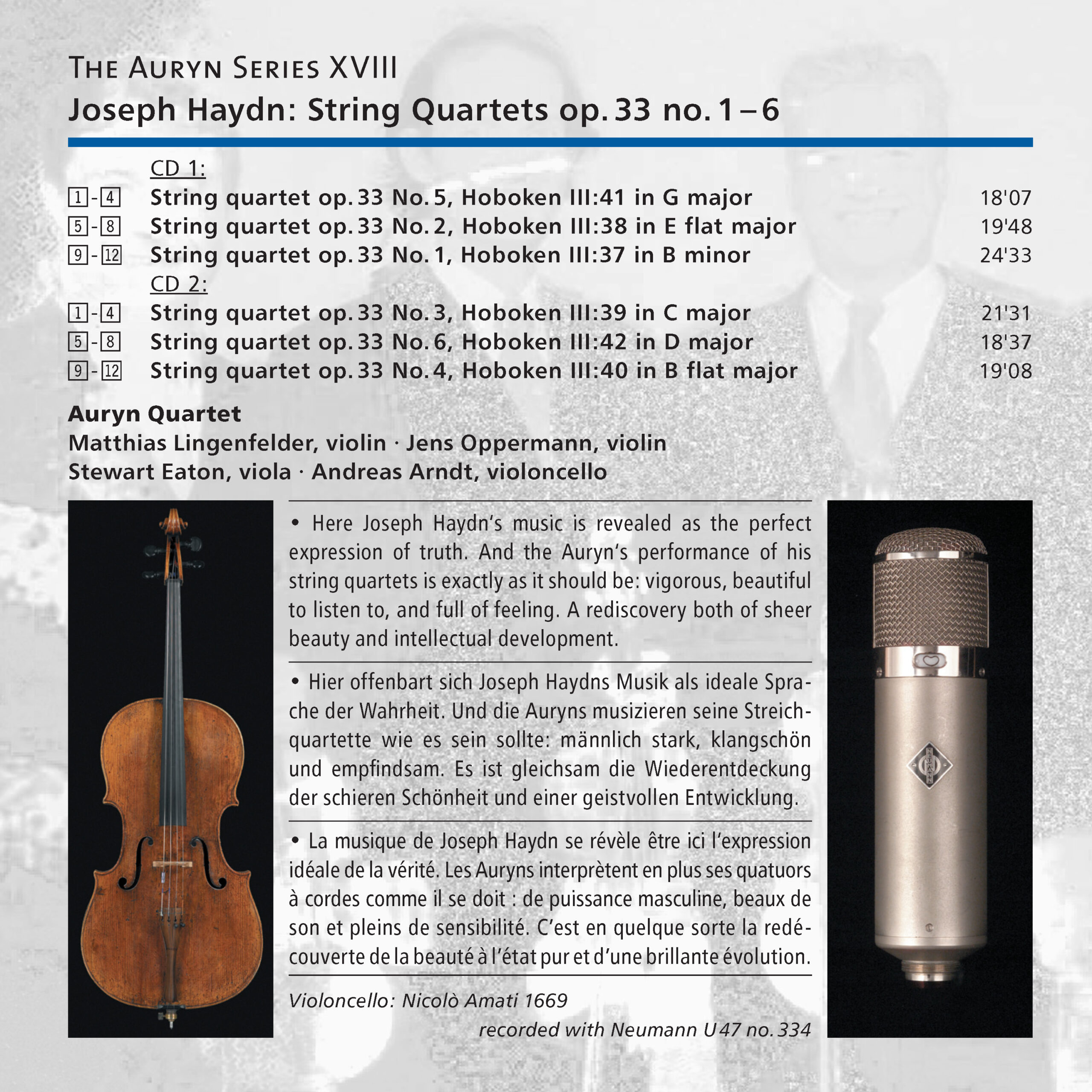


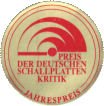


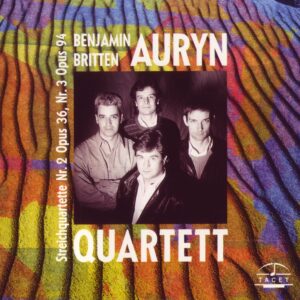
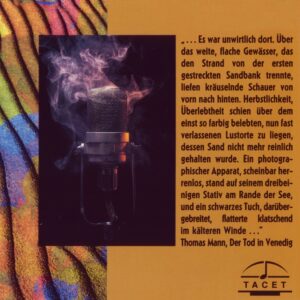
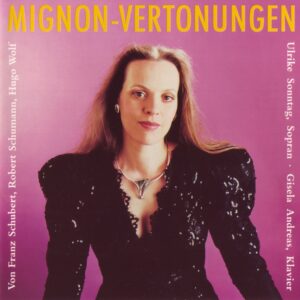
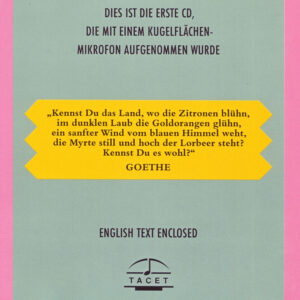
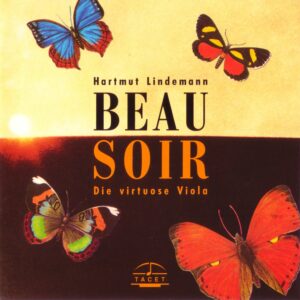
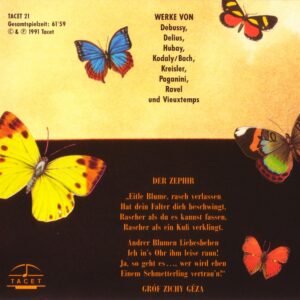

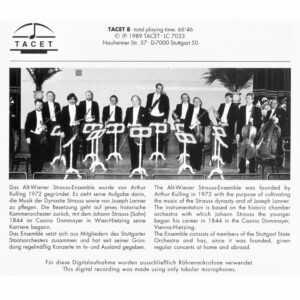
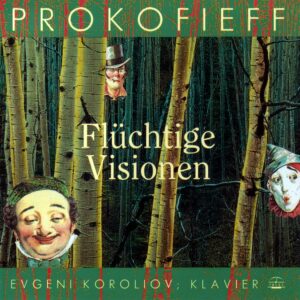
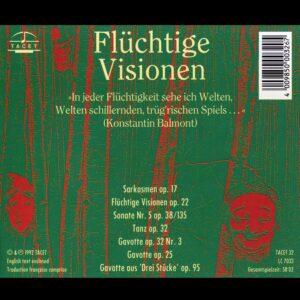
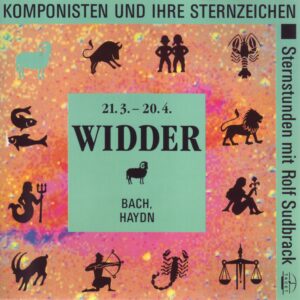
Preis der deutschen Schallplattenkritik –
Laudatio for the Award of the German Record Critics' Annual Prize to the Haydn Cycle by the Auryn Quartet
Joseph Haydn is considered the father of the string quartet genre. The Auryn Quartet recorded his nearly 70 string quartets over a two-year period: for the first time using the critically edited "purified" text, with esprit, lively emotion, and highly differentiated ensemble playing, all within a natural sound space: a small sensation. Such an undertaking requires a label that is not only technically state-of-the-art but also willing to take risks. The Stuttgart-based TACET Musikproduktion has distinguished itself several times through this very combination of skill and daring. Therefore, we award the Annual Prize to the Auryn Quartet and their producer/sound engineer Andreas Spreer for their epochal Haydn project, which is already assured a prominent place in the annals of sound recording.
(For the jury: Thomas Rübenacker)
Ensemble –
Normally, it is difficult to keep up with cyclic recordings that consistently release a series. However, the Haydn string quartets by the Auryn Quartet are worth listening to and discussing in their entirety. Now, the 6th installment with the six quartets op. 33 has just been released. It is still astonishing how much fervor, understanding, and fascination this quartet, which has been performing in an unchanged lineup since 1981, brings to its playing. These well-known quartets sound new and original in their interpretation. They perform with sensitivity and freshness, with the necessary respect and immense precision in detail, and of course, with a wonderful balance between blended sound and voice accentuation. When this complete recording is finished, it will be a reference recording; individual operas already are.
CD
Classics Today –
This is by far the best recording of the Op. 33 quartets available. I can't possibly discuss all the wonderful things that the Auryn Quartet accomplishes in this music, but a few examples should suffice. Take the opening of "The Bird" (No. 3). Haydn marks it Allegro moderato, but most quartets play it much faster. Yes, it sounds more "chirpy" that way, but by taking Haydn at his word, the Auryn Quartet reveals a world of bittersweet emotion in this music, reminding us that ultimately it's not about birds, but about human feeling. Additionally, the two-bar repeated-note lead-in has its own motivic significance, and taking the time to establish its characteristic portato articulation gives the movement additional personality. The finale, incidentally, chirps away uninhibitedly, as it should.
Next, we should recall that these are the "joke" quartets. Most groups don't get the jokes and assume that the music needs "help" to be funny. There's a certain arrogance and lack of taste in that approach: arrogance because no one knew how to be funnier in music than Haydn, and a lack of taste because the inevitable distortions and exaggerations that we often hear in these pieces actually draw attention away from the music's humor and shift the spotlight to the antics of the performers. Instead of wit, we get vulgar slapstick (which Haydn also does better than anyone else—witness the Largo of Symphony No. 93—but the point is knowing the difference).
A great deal of musical humor depends on timing, and that means finding the right tempo and observing notated rhythms exactly. This is nowhere more important than in the finale of "The Joke" quartet (No. 2), where, for example, the Casals Quartet in its recent issue of these works slowed down, sped up, played with dynamics, and in general did everything they could to ruin the intended effect, which depends entirely on playing in strict time and keeping the dynamics steady so that every phrase sounds like the previous one. The Auryn, however, plays it straight, and in this case, "straight" means funny. And in the tearful aria that constitutes the Largo cantabile of the G major quartet, the first violin hams it up hilariously, using lots of vibrato (absolutely necessary), but again not distorting phrases or sounding mannered—making the music funny through timbre. In short, this is great quartet playing, magnificently recorded. Essential.
David Hurwitz
Österreichische Musikzeitschrift –
(...) This also applies to the first six string quartets, which are expertly illuminated on superb-sounding TACET CDs by the German Auryn Quartet. (...) These and other Haydn recordings of the Auryn Quartet convince and indeed thrill the listener through instrumental mastery and sensitivity in their reaction to the respective movement characters. This is doubtless one of the most important contributions to the Haydn Year. (...)
Peter Cossé
Klassik heute –
Joseph Haydn himself described his Op. 33 as composed "in an entirely new and special way" in a letter with which he advertised his six new string quartets to potential buyers in 1781. For the first time in ten years, he had turned to this genre again, incorporating all the experiences he had gained in other musical fields in the meantime. Mozart was so impressed by the quartets that he, in turn, responded by composing six string quartets, which he dedicated to Haydn. Op. 33 has since been regarded as the cradle of the classical string quartet. It owes its nickname "Russian Quartets" to its dedication to Grand Duke Paul of Russia. Compared to their predecessors, the quartets are characterized by greater complexity and more pronounced motivic work, in which the four instruments participate on an equal footing. Inspiration and craftsmanship are balanced in a truly classical manner.
The fact that Haydn introduces the term "Scherzo" for the first time is more of a superficial innovation, as these movements are still largely very close to the minuet. What is truly "special" are the moments of surprise in which the composer skillfully plays with the listeners' expectations—whether it's the obscuring of the key at the beginning of the B minor quartet, the sly endings of the quartets in E-flat major and B-flat major, the beginning with a typical closing phrase, or the Siciliano finale of the G major quartet. The series of original effects could be continued indefinitely.
The Auryn Quartet brings all these characteristics to the fore beautifully as it reaches this significant cycle in the course of its ongoing complete recording of all Haydn quartets. The quartet approaches Op. 33 in typical Auryn fashion: carefully highlighting the uniqueness of each individual movement, gripping powerfully in pieces like the "Bosnian" finale of No. 3 (the "Bird" Quartet) or the genuine scherzo of No. 5 that foreshadows Beethoven, and unadorned in the slow movements. Violinists Matthias Lingenfelder and Jens Oppermann, violist Stewart Eaton, and cellist Andreas Arndt deliver Haydn's almost theatrical ideas extremely eloquently and with much wit. The disarming liveliness of the performance is matched by a very direct recording of such naturalness that one can even hear the breathing sounds of the players. A worthy prelude to the Haydn Year and a significant building block for the complete quartet edition by Tacet, which is planned to span a total of 14 albums.
Sixtus König
Pizzicato –
(...) The Auryn Quartet brings the qualities that have characterized its playing for more than twenty-five years: a rich, flexible, and warm sound with clear phrasing and differentiated dynamics, which ultimately always aims for the homogeneity of 'speaking together.' The agility and vigorous playing in the fast movements are as captivating as the cantabile of the finely nuanced slow movements.
The recording engineers have captured this lively interpretation with a very spatial and pleasantly brilliant sound. We eagerly await the next releases, as an obviously excellent complete recording is taking shape here!
RéF
Audiophile Audition –
Wow. This, when done, will rank with the finest Haydn Quartet series.
Haydn himself was in a particularly heightened state of awareness when he commenced writing his Op. 33 String Quartets, even going so far as to suggest in a letter to music-loving friends that these quartets were "composed in an entirely new and special way." It had been ten years since he last wrote for the medium (his Op. 20), and he had learned many things since that time, producing a series of wonderful symphonies and a number of operas.
It was the last that were to figure into the gestation of these quartets. To say that they are on a par with the advances that Beethoven was to make leaping to his last quartets is not an exaggeration; Haydn’s works are a sea change from what went before, and contain some masterly examples of his art that he would hardly top in even his later quartets. The typical Haydn teases are all there, along with bona fide scherzos and third-movement slow pieces, and drunken offset rhythms coupled with mangled melodic fits and turns designed to throw off even the most cautious listener. But most of all is an extraordinary sense of melodic refinement that he undoubtedly picked up from his opera experience. These are, quite simply, some of the most tuneful and beautifully ear-balmed quartets ever penned, and not a one is anything less than a stroke of genius and gift to humanity.
The Auryn Quartet has newly recorded these works, volume six of 14, and when they are finished they will rank among the world′s finest recorded Haydn Quartet cycles. The sound is resonant and nicely shaped, the instruments breathe, and the members of the quartet navigate around Haydn′s numerable complexities with all of the skill of a swordfighter against a tied up dummy--complete mastery. I thoroughly enjoyed this release, and look forward to hearing more. If you are looking for a jumping-into point in the Haydn Quartets, look no further.
Steven Ritter
KulturSPIEGEL –
Gipfelsturm in Harmonie
After a quarter of a century together, the Auryn Quartet is venturing into the works of Joseph Haydn.
What is Olympus? An icy peak for the gods, lofty and inaccessible? The Auryn Quartet should be artistically familiar with such regions. Beethoven, Mendelssohn, Schumann, as well as Schoenberg and contemporary composers, are part of the repertoire for these four gentlemen, who have been performing together since 1981. But where they are heading now, neither chasms of dissonance nor avalanches of chords loom: Their Olympus is the profoundly human quartets of Joseph Haydn. Admittedly, a proud total of 68 pieces, but it was in them that the genre was truly founded. Even the composer Ferdinand Hiller read a Haydn quartet daily as a "delightful morning blessing" around 1877. It is only logical, then, that the ensemble is now returning to the origin: In 14 installments, mostly released monthly, all the works of the patriarch of classical music, who died 200 years ago, are to be released by early 2010. The first two boxes alone, with their liveliness, relegate even respectable competition, such as the Hungarian Kodály Quartet, to the sidelines—ambrosia and a devilish delight in one, so to speak.
JOHANNES SALTZWEDEL